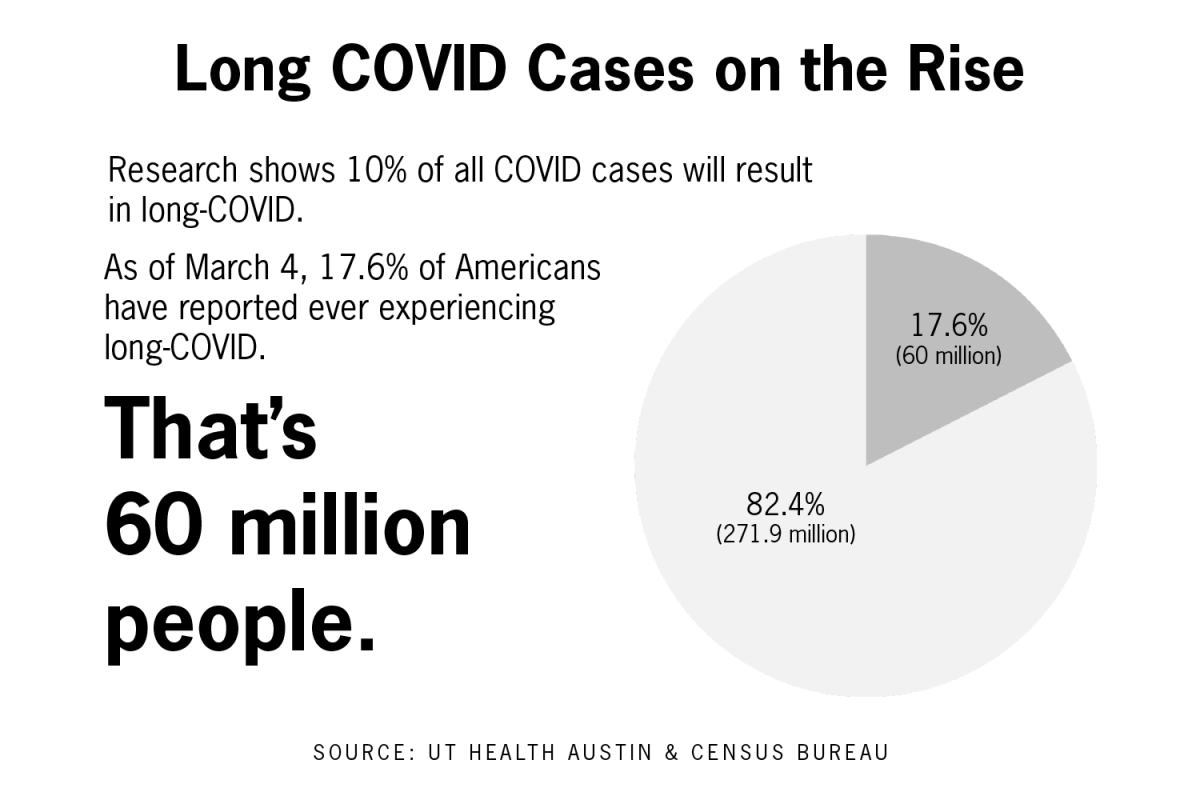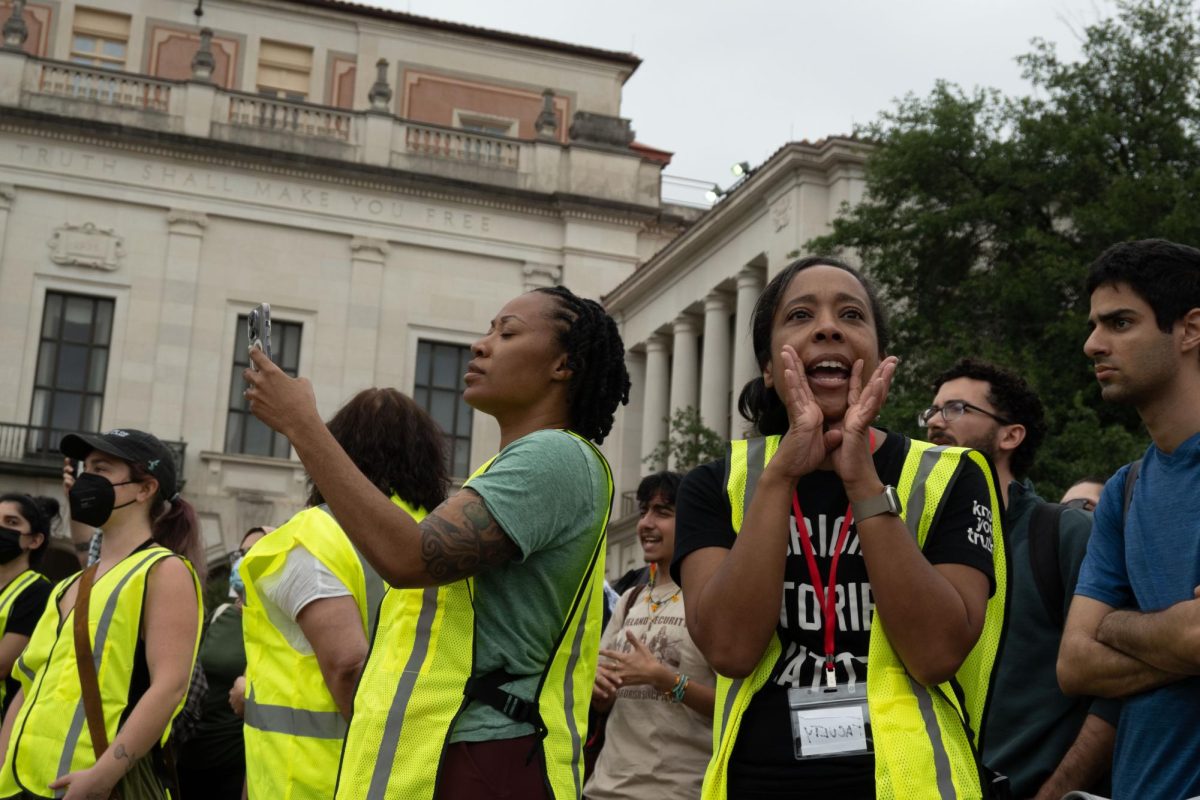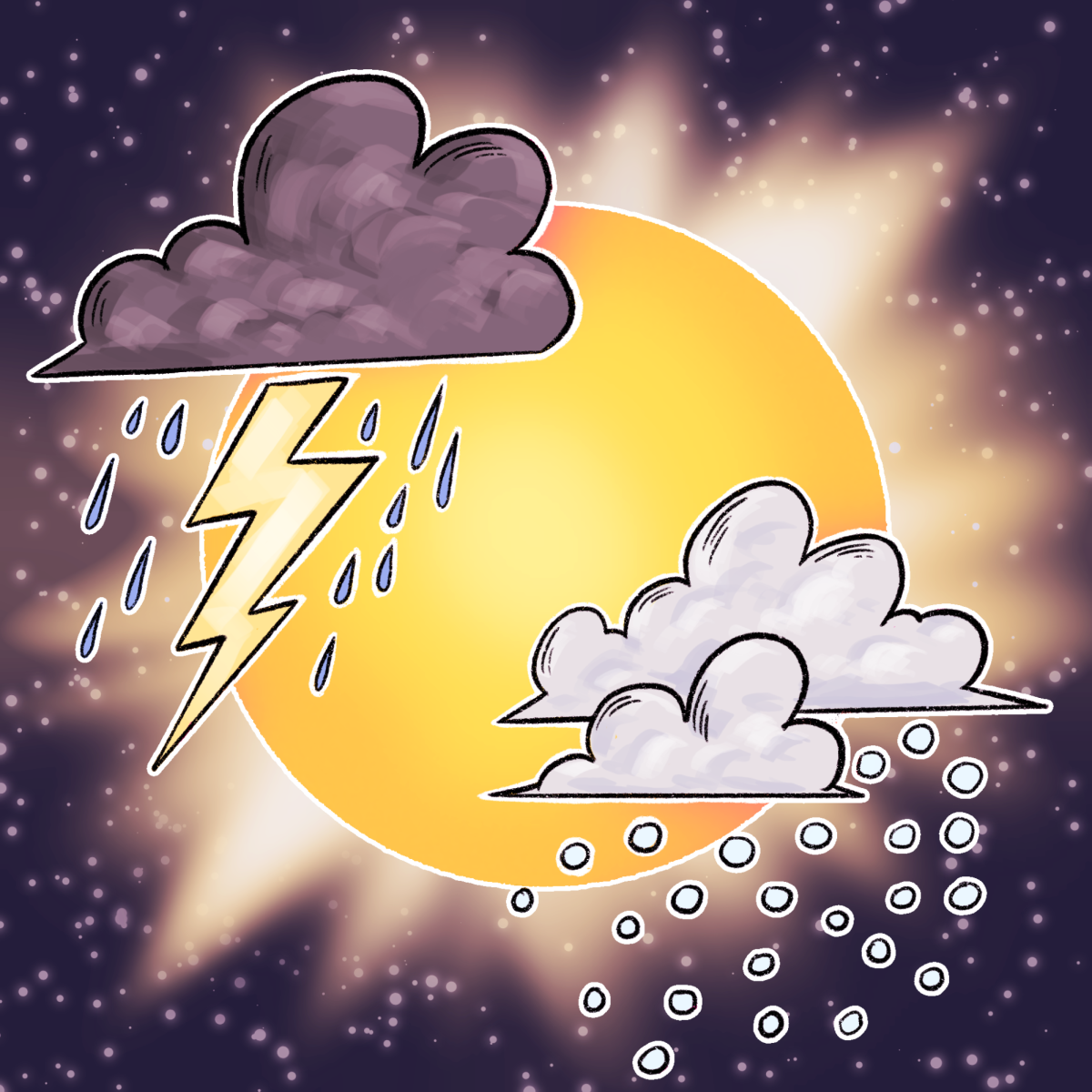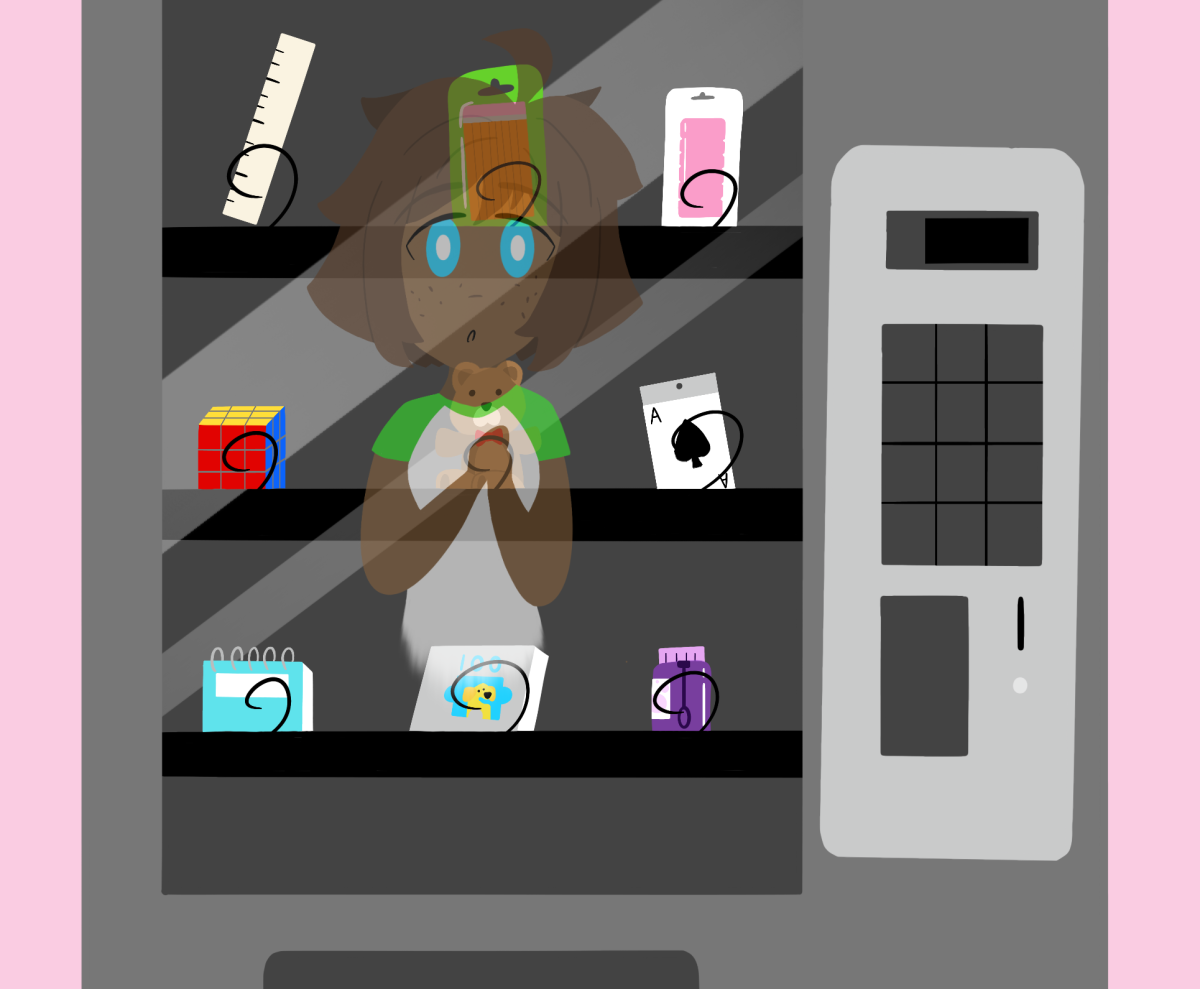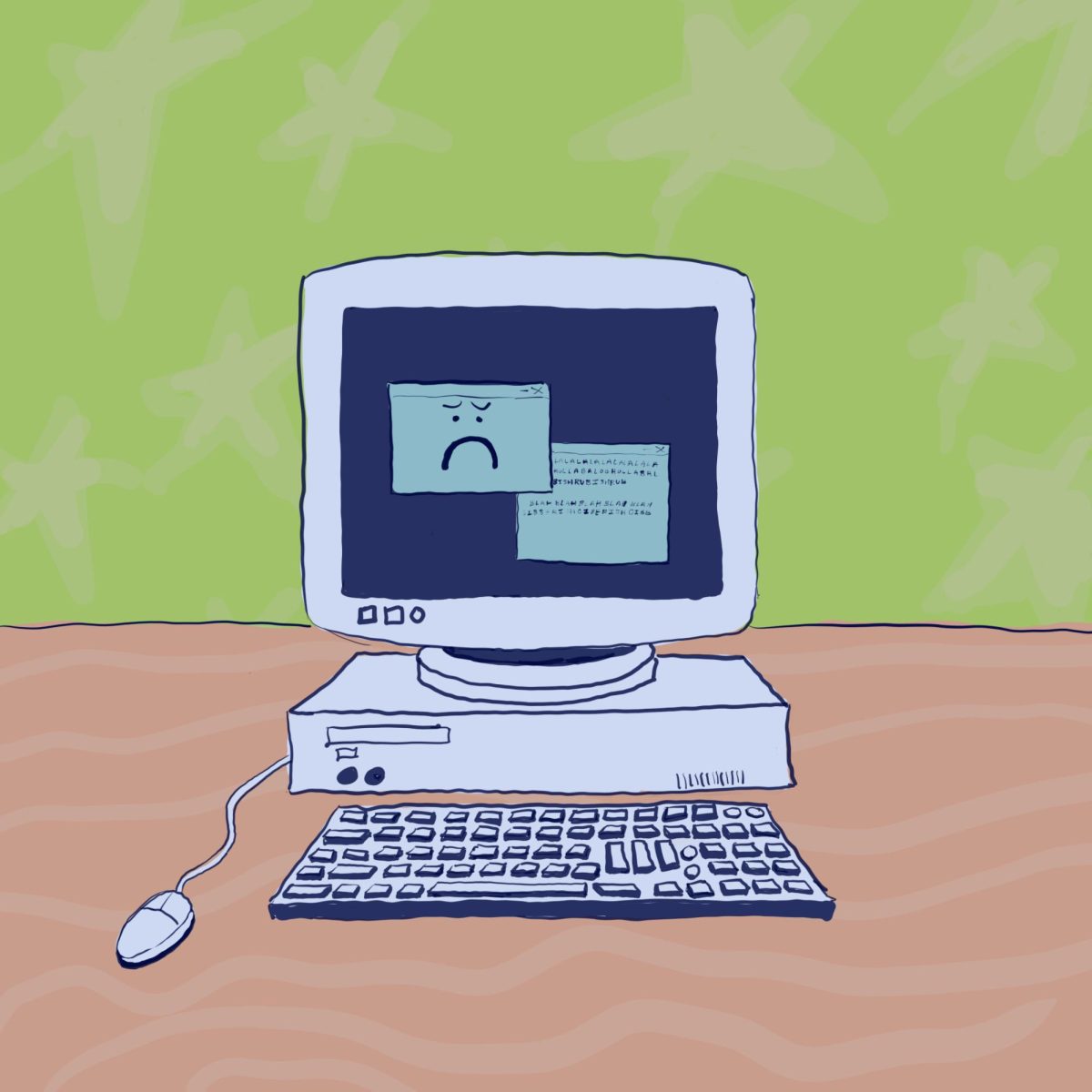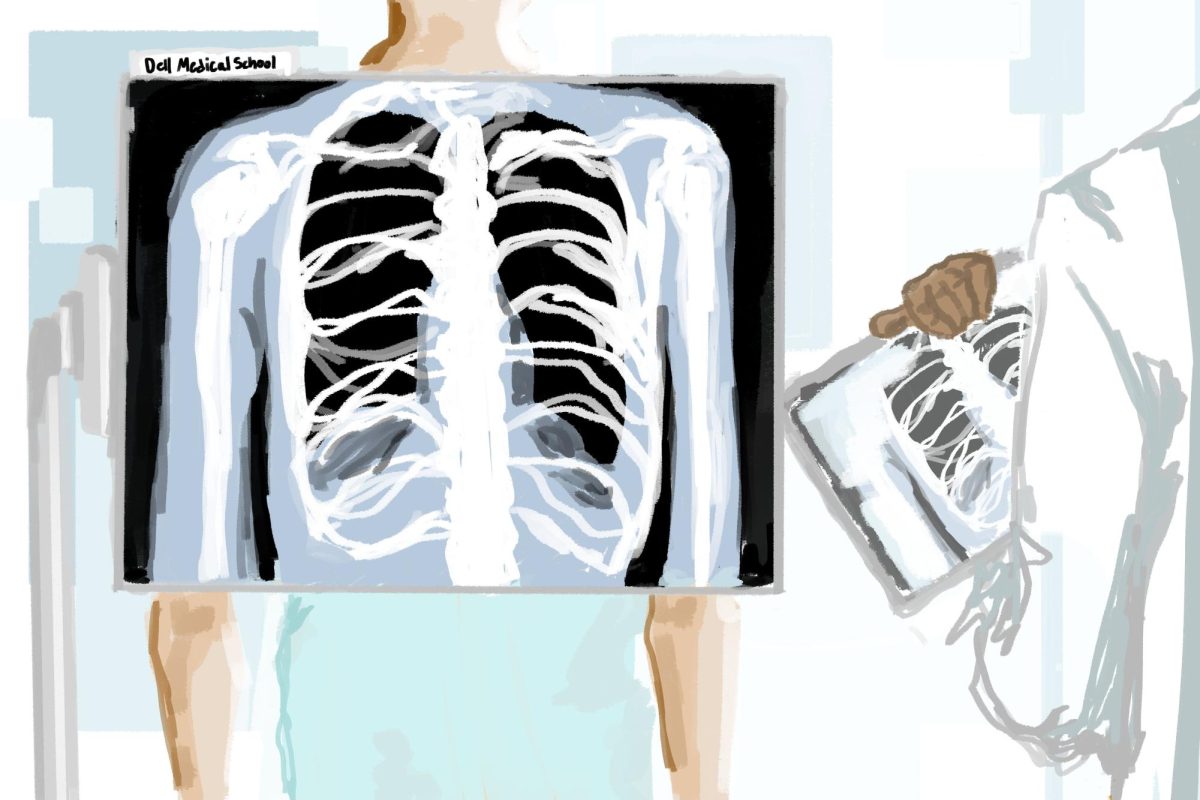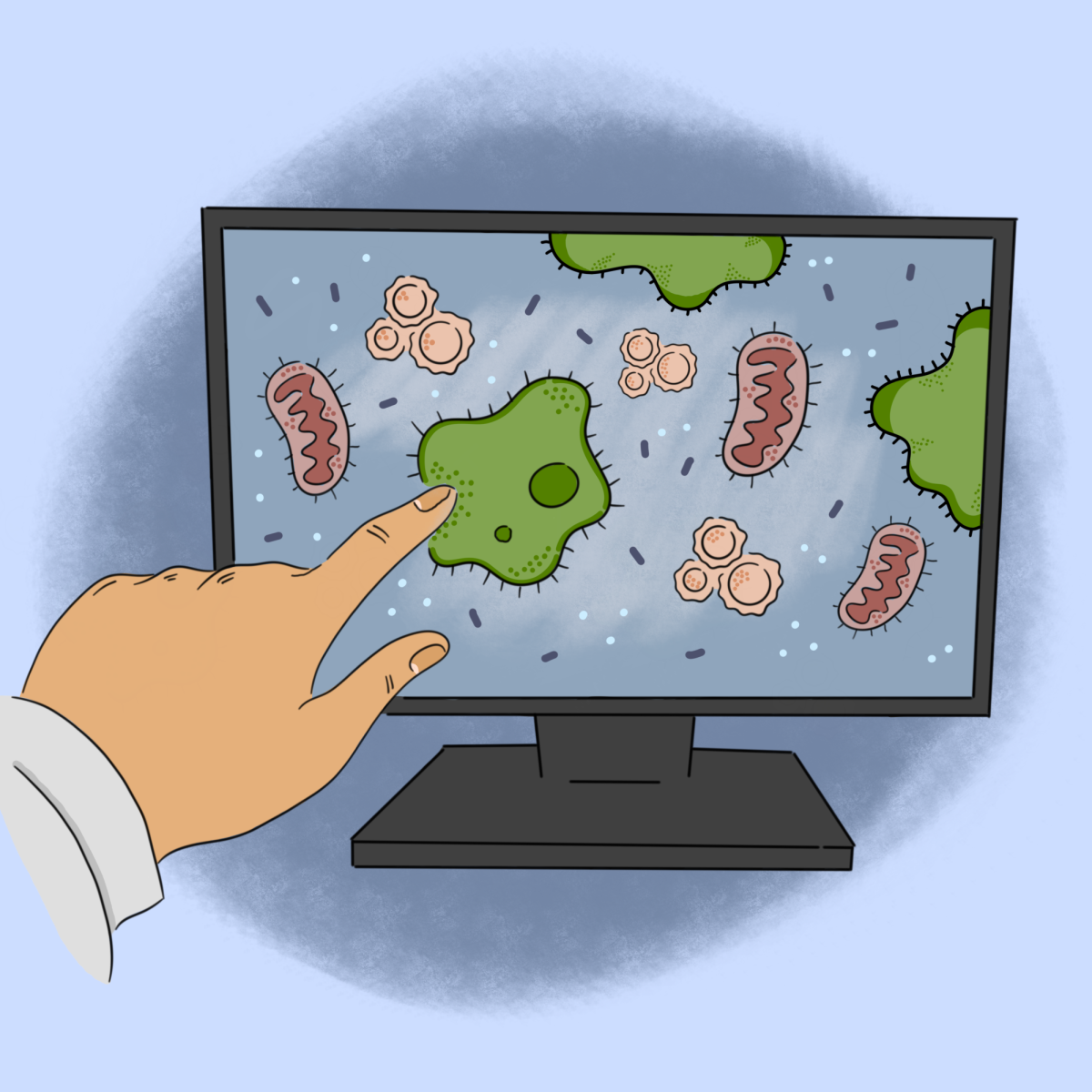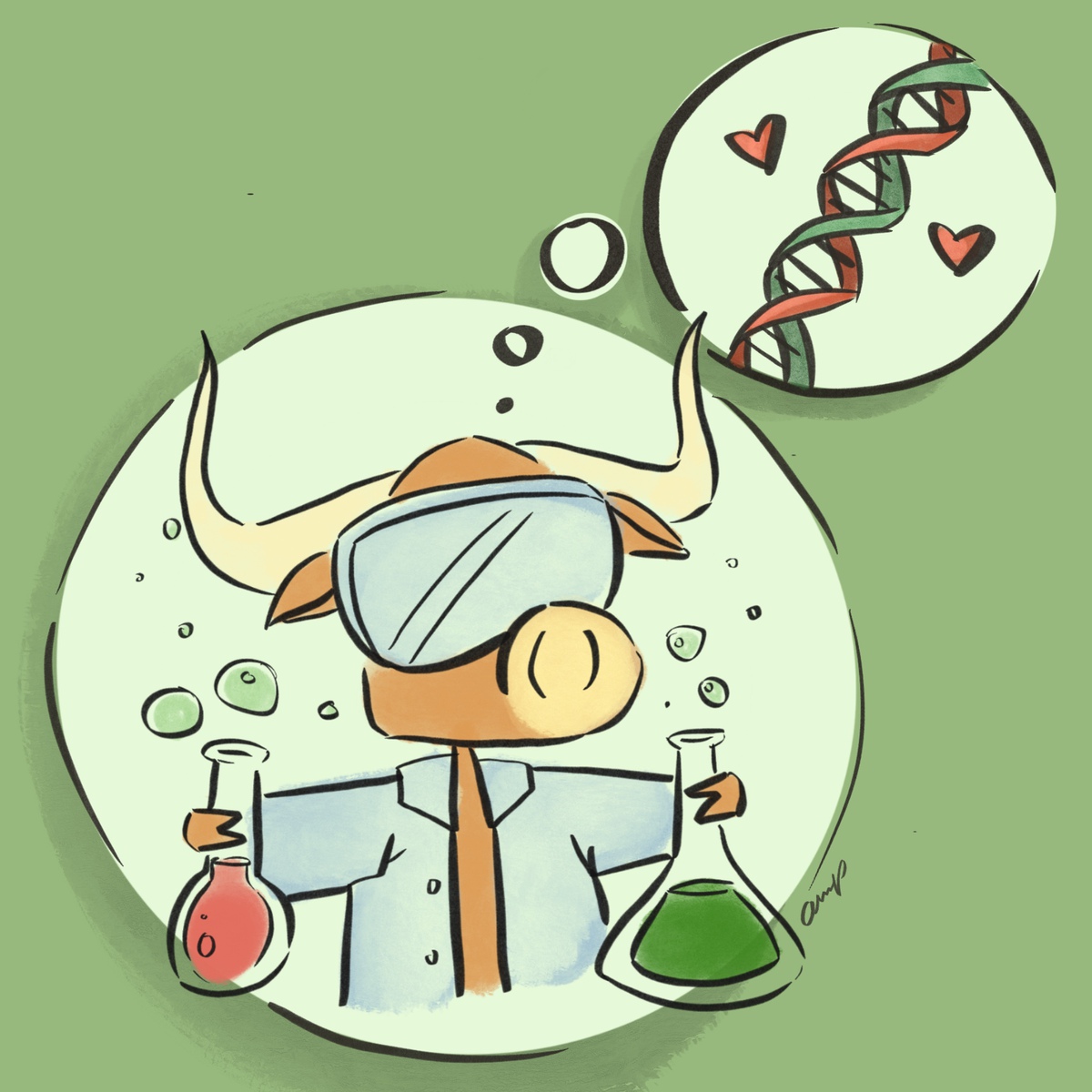WHAT: The Problem
When Fariah Mahmood thinks back to 2020, the UT graduate remembers barely leaving her house in Williamson County. She recalls the frantic search for reliable face masks and seeing friends sparingly and only outside, six feet apart.
Mahmood, who was a freshman at UT when the coronavirus pandemic hit in March 2020, said she was the person responsible for educating her friends and family about the virus.
Now, Mahmood said her friends and family still look to her for guidance on the virus, even though socially, things couldn’t be more different. As a first-year medical student at UT Southwestern in Dallas, she said she’s typically one of few people in her classes wearing a mask or taking any kind of COVID-19 precautions.
“Nowadays, I don’t see a lot of folks, even in my closer circles, wearing masks regularly, but I do my best to try to encourage them to do so,” Mahmood said.
Like universities across the country, UT sent their students home for spring break in March 2020 without knowing they wouldn’t return. After a year of online classes, a mix of in-person and remote courses was offered to students until Jan 31, 2022, when in-person classes fully resumed.
A year later, in May 2023, the U.S. officially declared the COVID-19 public health emergency over, effectively ending any protective measures put in place by federal or state governments. With the increase of large gatherings, events and public outings came the sustained reports of COVID-19 cases, hospitalizations and deaths. Not long after, long COVID diagnoses started increasing.
According to the most recent CDC household pulse survey, 17.6% of Americans reported having long COVID at some point since 2020, which doesn’t take into account those who are experiencing symptoms and not reporting.
The most recent surge of the JN.1 Coronavirus strain that surfaced in September 2023 has caused concern for people as the variant was proven to be more transmissible and capable of breaking through immunity barriers, meaning that even people who are vaccinated or who have had the variant before can get it again.
WHY: COVID FATIGUE
Dr. Michael Brode is the medical director of the Post-COVID-19 Program at UT Health Austin, one of many clinics in the nation dedicated to treating patients with long-term COVID-19. He said this change in mindset toward COVID-19 preparedness is linked to what many call “COVID fatigue” — a phrase Brode used to describe the longing people felt for society to go back to normal after the traumatic events of the pandemic.
“March 2020 was a traumatic time of watching people dying in hallways of hospitals,” Brode said. “We had a lot of social strife and disagreement about the public health and political response to the virus that unfortunately left a lot of raw feelings.”
Brode said the collective struggle brought on by COVID-19 made people want to return to a sense of normalcy, which is why so many people were quick to move on from their COVID-19 precautions in favor of simple comforts.
“1.2 million people died, and I almost feel like we have a collective amnesia about that,” Brode said.
It’s not just immunocompromised people who are at risk of getting long COVID. Brode said most of his patients had never been hospitalized for their COVID-19 illnesses before coming to his clinic.
“Once you have long COVID in our clinic, most (cases) look absolutely the same,” Brode said. “I have seen collegiate (athletes) and Olympians develop long COVID who can’t walk to their mailbox anymore without getting short of breath.”
Brode said COVID-19 fatigue can contribute to the rise in long COVID cases.
“It is not lost on us that (COVID fatigue), ironically, is the number one symptom of long COVID. The failure to grapple with (COVID’s) impact dismisses the experience of the people going through it,” Brode said.
NOW: How are most people handling COVID?
Mary Smith, an economics senior, stopped wearing a mask after she got her COVID-19 vaccine in 2021, not because she had an issue with wearing one, but because organizations like the CDC said she didn’t have to.
“I think it mainly had to do with people who, in my mind, knew better than me, telling me it’s safe to not wear a mask if you’re vaccinated,” Smith said. “I was like, ‘OK, well, I’m vaccinated. I was told I don’t have to (wear one) from reliable sources. So, I’m going to listen.’”
Many Americans aren’t abstaining from masking because they have personal grievances with the practice, but because they’ve been vaccinated and told by trusted governmental bodies that they’re safe to move on from taking precautions, even with long COVID surges.
“Long COVID is something that I didn’t become really aware of until recently,” Smith said. “I think that a lot more people are talking about it … (but) honestly, because I’ve not heard that much about it, it’s not been something that’s on my mind.”
THE MINORITY: How are COVID-conscious people handling COVID?
The gravity of COVID-19 fatigue’s impact isn’t lost on those still taking COVID precautions. Mahmood said she remembers someone in her class saying that, while they respected her for wearing a mask, they were reminded too much of memories of 2020 to wear one themselves.
“I don’t (mask) as this, ‘I am better than all of you,’ type of thing. I do it very specifically because I don’t want to get sick. I don’t want to get my loved ones sick,” Mahmood said. “I think that there’s been a very different change, and a tone shift in the way that people who may be a bit more COVID-reckless view the way that people who take a little bit more precaution go about their lives.”
Mahmood said the recent surge has led to rising infections amongst her medical school peers — people who work in hospitals and interact with patients regularly. Though some people in her cohort have referenced the surge casually, Mahmood said it’s their responsibility to take COVID-19 seriously.
“We go to hospitals very frequently,” Mahmood said. “We owe it to the folks that we learn from and practice on to try to stay as safe and healthy as possible.”
MOVING FORWARD: Where do we go from here?
The JN.1 surge is still peaking and long COVID symptoms are increasingly common in Americans. With at least 10% of COVID cases ending in long COVID, Brode said the increase in diagnoses will continue to put pressure on an already strained health economy.
Getting infected with COVID-19 not only increases the risk of getting long COVID, but the virus has also been linked to type two diabetes, blood clots, autoimmune disorders and even organ impairment in some patients. Brode said this alone is a huge cause for concern.
“The COVID-19 pandemic has been the single largest mass disabling event of modern world history,” Brode said. “We’re looking at 15 million Americans minimum going through a disabling illness.”
Knowing how to handle the swirl of information from the media along with recent changes in guidelines and recommendations from the CDC can be challenging. Brode said the established precautions still work: masking, washing hands, staying home when sick and limiting time in poorly ventilated spaces will keep most people safe from getting long COVID.
Mahmood said that she understands wanting to return to the way things were pre-COVID, but said that caring for oneself and others in the community is more important now than ever.
“If we can find it within ourselves to care a little bit more for ourselves and our peers, then a lot of the messaging around COVID precautions would be a little bit more palatable,” Mahmood said.
Mahmood said that even though it may feel intimidating to start taking precautions again, it’s never too late to start creating a safer world for everyone.
“It’s always okay to start taking precautions again, especially if you hadn’t before,” Mahmood said. “Nobody will look at you differently. That takes a lot of bravery, and I hope that moving forward, we can all be a little bit more brave.”
Editor’s Note: This story has been updated to correct a date. The Texan regrets this error.




